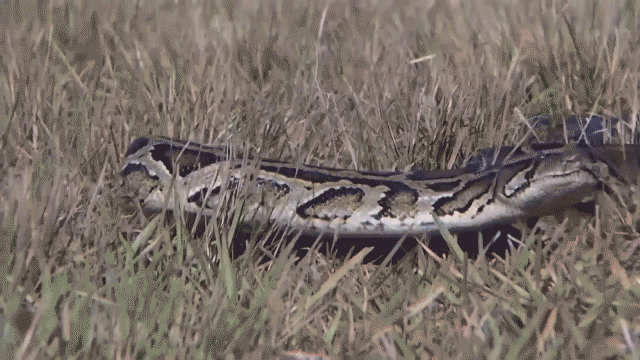JOHANNESBURG – The killing of a well-known Zimbabwe lion named Cecil by a dentist from Minnesota has provoked outrage among animal activists and thrown a new spotlight on big game hunting in that southern African country.
There are 27 countries with lions in the wild. Estimates for the numbers remaining in Africa range between 15,000 and 39,000, with 40 percent in Tanzania. The highest proportion of lions are hunted in Zimbabwe and Tanzania.
Africa's lion population in total has shrunk by 82% over the last century.
___
LION NUMBERS
Zimbabwe is estimated to have between 500 and 1,680 lions, some 80 percent of which live in protected areas.
Between 1999 and 2009, 800 lions were killed in hunts in Zimbabwe, with the average killed per year rising to 87 during the past five years. The quota in 2011 was 101 lions, with just 47 trophies reported, though the number is believed to be higher.
___
REVENUE
Zimbabwe makes an estimated $20 million a year on trophy hunting, which represents 3.2 percent of its tourism revenue. The vast majority of trophy hunters are foreigners and across Africa, 25-30 percent of trophies go to Europe and 65 percent to the U.S.
___
LAWS
Hunting in Zimbabwe is allowed in safari areas, forestry areas, game ranches and communal lands. The number of lions allowed to be hunted every year is determined by reports of human-lion conflicts. More lions are allowed to be hunted in areas with higher lion-human conflict.
Only males are allowed to be hunted. The killing of females was banned in 2011 to reduce the impact of hunting on the population. There is no restriction on the age of the lions being hunted but these are being considered.
Hunting of lions in Zimbabwe can take place at any time of the year but in state-run areas it is limited to 30 minutes before sunrise and 30 minutes after sunset.
The lion must be shot at least 50 meters from a vehicle and must also be 400 meters from a water source.
___
Sources: Lion Aid; International Fund for Animal Welfare; "The Trophy Hunting of African Lions," Peter Lindsey, 2013; Zimbabwe Parks and Wildlife Management; CITES trade database; International Union for Conservation of Nature and Natural Resources.








































